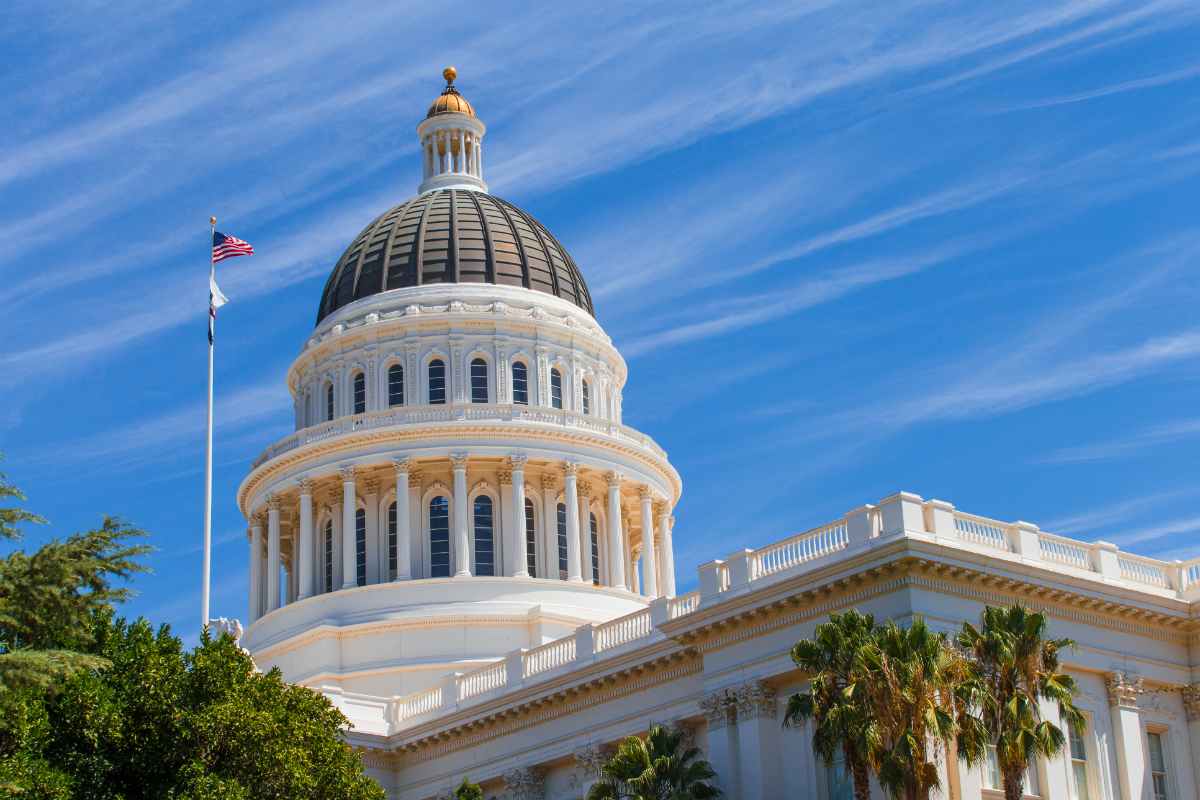There is no question that Assembly Bill 86, also known as the school reopening bill, will be helpful for districts striving to reopen campuses safely, but there are many misconceptions surrounding the bill and school reopening in general.
For instance, it’s the external health factors that are the main drivers in reopening schools, not the financial incentives included in the bill, CSBA Chief Information Officer Troy Flint said in a March 9 CSBA webinar, “The School Reopening Bill (AB 86): Separating Fact from Fiction.”
“That framing doesn’t account for all the work that schools have been doing for months to get ready for in-person instruction — we have many schools that have been open since October, and many schools were planning to reopen in the fall but had to put those plans on the shelf when we had the surge,” Flint said. “It’s not what’s in this legislation so much as it is the external factors which are driving schools to reopen. Part of the reason you see so many more schools reopening now is because the rate of community spread is declining in most areas and teachers are beginning to get their vaccines.”
Board members, superintendents and other education leaders have been working diligently through the course of his pandemic to ensure children are safe, fed and continuing to learn despite these challenging circumstances, said CSBA CEO & Executive Director Vernon M. Billy.
“Despite what the members of the Legislature and others may think, many of our schools have been open and doing in-person instruction throughout the state,” Billy told attendees. “There are a lot of unsung heroes and it’s important to acknowledge those who have been doing the hard work of adapting to the changing healthcare guidance over the last few months and doing their best to ensure students are provided an education.”
Panelists including CSBA staff, three district board trustees and two superintendents answered several pressing questions during the webinar: Does it present unintended consequences? Does it adequately address key issues related to COVID-19? Will it be a catalyst to get more students back in the classroom?
To that final question, panelists shared a definitive “no.”
“We’ve been working on plans on how to get kids back into schools since last summer and started opening the doors to small cohorts of students last fall,” said Murrieta Valley Unified School District Board President Linda Lunn. “This isn’t some great windfall — and it’s not that we’re ungrateful, we’re going to cash that check — but it’s money that was already owed to us.”
AB 86: The good, the bad and the ugly
Gov. Gavin Newsom signed the bill March 5 in an effort to incentivize the resumption of on-campus instruction by April 1. AB 86 melded certain key elements of the Governor’s Safe Schools for All Plan and the Legislature’s Safe and Open Schools Act with new components that respond to concerns raised by CSBA and others.
“One of the things that we were able to secure in this is the grandfathering in of existing reopening plans,” said Dennis Meyers, Assistant Executive Director of CSBA’s Governmental Relations department. CSBA advocacy wins include language that allows for the expenditure of funds prior to resuming on-campus instruction so schools can more effectively prepare for the return of students; educator vaccination provisions have been expanded from teachers only to include all school staff working with students; and language on the set aside for paraprofessionals has been clarified to reinforce that paraprofessionals would be offering supplemental instruction and support.
Significant issues remain, however, including a mandate that school districts and county offices of education spend 10 percent of the funds received under the Expanded Learning Opportunities program to hire paraprofessionals regardless of whether a local educational agency needs the positions, can find qualified candidates in their area to hire or views such an expenditure as the best way of supporting students. Additionally, the bill does not provide a minimum funding level for small districts or address the exposure schools face due to the fact that most insurers are not covering COVID-19 liability, Meyers said.
LEA panelists shared their experiences over the last year, illustrating the different challenges that LEAs face based on factors including size, region and the makeup of their student bodies, as well as the flexibility needed to address those issues.
For Jeff Harris, superintendent of the 4,000-student Del Norte County USD, minimum required desk spacing presents a critical challenge in reopening because the classrooms are not large enough for every student to have at least a 16 sq. ft. bubble around their seat. Hybrid learning is the only way in which the district would be able to accommodate such a requirement.
Despite the challenges, Santa Rosa City Schools Board President Laurie Fong said that now is the time for LEAs to also start looking ahead. Board members are all about setting policy and vision, and it will be vital moving forward to take what was learned during the last year to improve student outcomes in the long term, she said.
“If we go back to the status quo, we’re going to continue to fail too many kids,” Fong said. “COVID has really freed us up in a way, so I want us [as board members] to really look at policy and what we’re doing with what we have that we need to change?”
There are many good things that could come out of all the hardship, Murrieta Valley USD’s Lunn agreed. “Opening our minds and our policies to how we can best meet children where they are on an individual basis will be so important after this,” she said. “I hope we don’t go back to normal — I hope we go back to better.”





